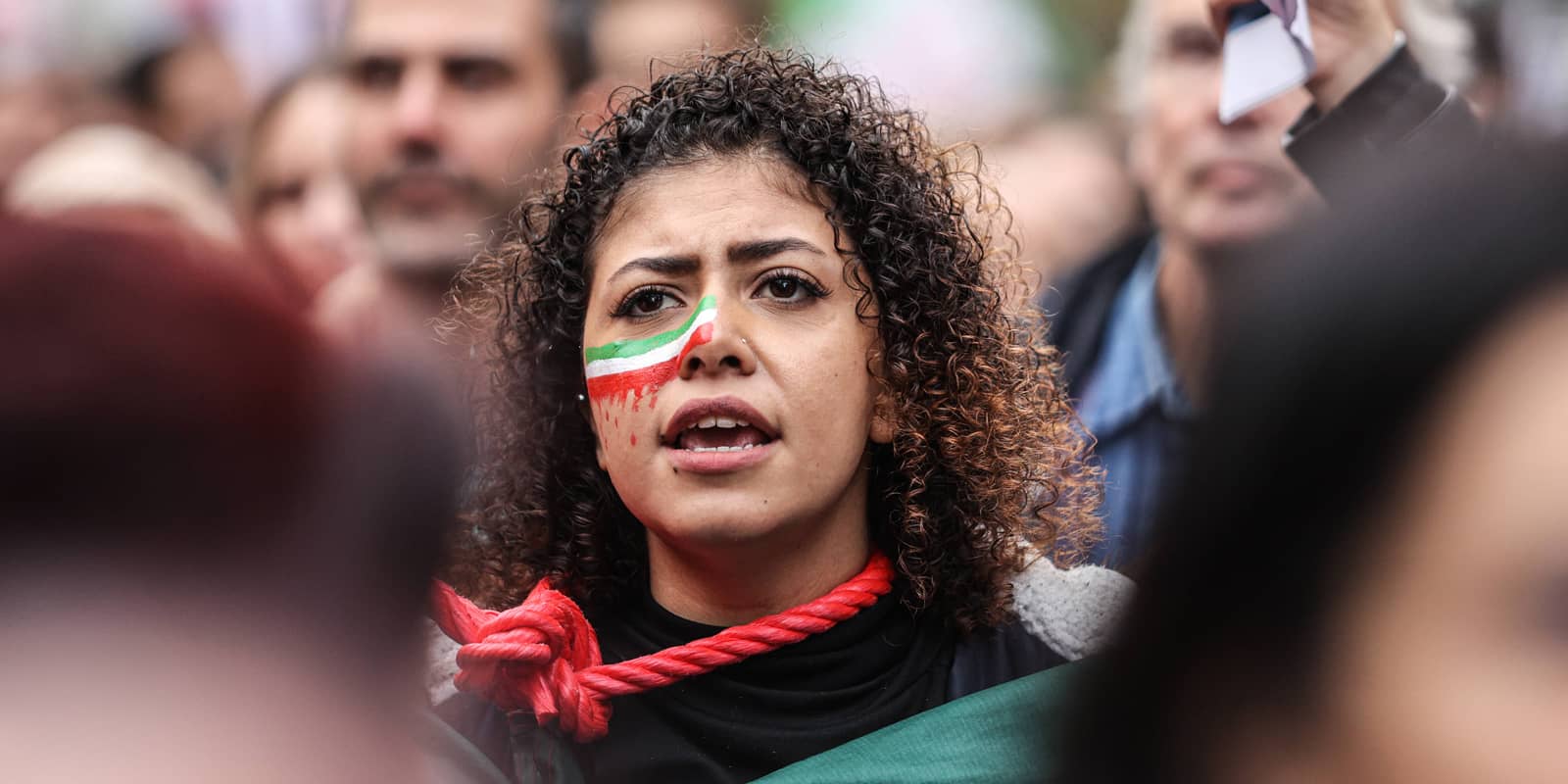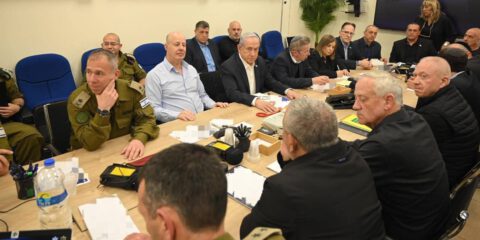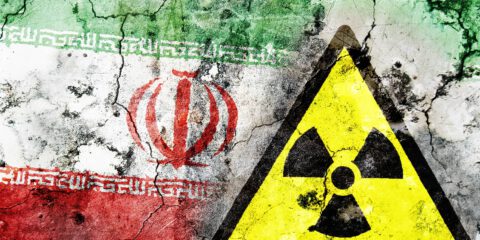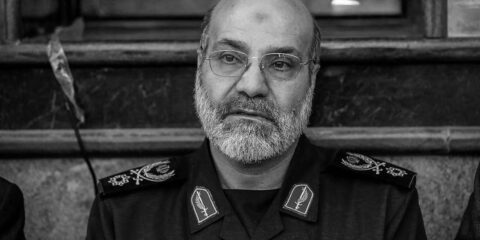The latest protests in Iran have different characteristics from previous protests that symbolize a generational transition, reflecting an ideological gap between the old leadership of the revolution and the younger generation in Iran
Protests by the youth of Iran against the Islamic hijab head covering – one of the characteristics of the revolution – broke out after a young woman of Kurdish origin, Mahsa Amini, was killed by the “modesty patrol” on September 15. The guards used too much force during her arrest for “inappropriate clothing according to the Islamic code,” which itself is not clear and distinct. The implementation of the modesty laws has intensified since the ascension of Ebrahim Raisi to the presidency in August 2021. Since then, the Internet has seen numerous videos of severe physical abuse of women by the modesty squad.
In addition, Amini’s family – which refused to apologize and acted contrary to the practice of “accepting the judgment and remaining silent” generally accepted in Iranian society – began to reveal details about the case and the events that led to her death. It exposed the lies of the regime forces supported by its senior officials and embarrassed them. On the other hand, the exposure encouraged many young people, especially students, to protest in the first days after Amini’s death. These continue to varying degrees and with different intensities to this day.
The writing was on the wall
There was great resentment across Iranian society and throughout the country preceding the hijab protests. That resentment revealed itself in the severe attacks and protest demonstrations against Raisi’s government. He became the first of the eight presidents since the revolution to suffer such humiliation – chief among them the slogan “Death to Raisi” – only a year after his election to office. According to official data, inflation during his tenure reached about 50%, among other failures of the regime.
Other circumstances also led to the unrest, among them hints of promoting the leader’s son – Mujtaba – to the forefront and presenting him to the leadership as his successor; tightening relations with Russia and China without adequate financial compensation; non-progress of the nuclear talks and, as a result, the lack of improvement in the economic situation; corruption scandals; and many cover-ups. All these problems contributed to the increase in public frustration and willingness to protest immediately following the spread of the news of Mahsa Amini’s death.
A national survey by the Iranian National Security College leaked in early September, before these protests began, indicated that “75% of the Iranian public is ready to participate in protests due to the lack of justice and equality as well as the worsening of the economic situation.” As part of this survey, 82% of respondents claimed that the government did not meet demands, 67% claimed that they suffered from shortages, and 60% replied that Iranian society is unbalanced. Survey editors concluded that the Iran protests developed then, and continue to, without any organized leadership – or the leadership of trade unions – but rather because of the overwhelming feelings of the majority on the many injustices in society. That high spontaneity and self-awareness of the hardships will undoubtedly contribute to the outbreak of subsequent protests.
There are some unique features to the Fall 2022 demonstrations:
1. This is the protest of the young generation, Generation Z. Most of the participants throughout Iran are under 30. Students, especially female schoolgirls who hate the hijab, have joined the protests. This generation did not experience the 1979 revolution; it does not connect to its message. On the other hand, the Internet enables access to their peers, and this generation, seeing how comfortable life is in the West, is not ready to accept the dictates of the previous generations, especially the generation of the revolution. In recent years, videos mocking the heads of the regime and their messages have proliferated on the Internet. Broadcasts of the exile channels opposing the regime also play an essential role in the anti-Islamic and anti-regime indoctrination of the young. These young people know that the generation of the revolution has become corrupt and does not follow the values of the revolution itself. The proof is the heavy criticism levied against the sons of the elite who lead a comfortable life living in the West, even though their fathers in Iran promote an anti-Western line.
2. A protest against the regime’s very existence and its foundations. Yes, there were chants in previous protests against the leader and the regime’s system, but this time they constitute the central thrust of the protest. The slogan “Death to the Dictator” qualified the other slogans, for example those calling for the return of the monarchy. That indicates an attempt by the new generation, first and foremost, to overthrow the government, even though there is no clear alternative.
3. A hesitant and inconsistent response by the security forces. That is in contrast to the fuel protests of October 2019 or other protests. The regime forces are in no hurry to use maximum force and eliminate the protest. Every day, a large crowd of hundreds and sometimes thousands gather at a fixed place known in advance to hold a protest of varying intensity, despite the presence of the security forces, the arrests, or the violence toward the demonstrators. Unlike previous protests, in many cases the demonstrators have attacked the security forces en masse – by October 22, 26 were reported dead, and about 900 were wounded. This regime does indeed disconnect the Internet from time to time. However, social networks continue to transmit information and videos about what is happening in the streets, thus justifying the protest in international public opinion. It has even led to condemnations and sanctions by human rights organizations against the regime.
4. Silence or criticism of senior officials. In contrast with previous protests, some former or current senior officials in the Iranian regime, including former president Hassan Rouhani, have refrained from standing by the leader and do not express support for the regime. Moreover, several senior officials – such as former president Mahmoud Ahmadinejad and former parliament speaker Ali Larijani – expressed outright criticism of the regime’s conduct, the non-fulfillment of the Raisi government’s promises, and “the extremism that led to a severe public reaction.” Websites associated with traditional conservatives also implicitly criticized the regime, which cannot speak the younger generation’s language. The reformist party People’s Government Front [DID YOU MEAN THE NATIONAL FRONT OF IRAN?] even demanded (Iranian websites, October 13) to hold a referendum and change the constitution to strengthen individual freedoms and improve the economic situation.
A few thousand protesters are estimated to be demonstrating against the regime. There are too few connections between the protesters and the economic sectors, and only a few strikes have occurred, even in the sensitive industries of oil and petrochemicals. Of course, the regime has a vast power to repress the protests, but so far, it has not unleashed it. If Raisi does decide to use it, that may spell the fate of the protest.
Moreover, this protest, which puts challenging the government at the top of its goals, weakens to some extent the uncompromising bargaining position of the Iranian regime. These protests require a changed Western attitude and an examination of the continued forgiving attitude toward Iran in the nuclear talks and in general – especially given Iran’s increasing involvement in the war in Ukraine alongside Russia. In order to strengthen the protest, it is necessary to present Iran on international platforms as a “leper with whom no business should be done,” to continue to delay the nuclear agreement, and to weaken Tehran’s regional efforts.
Today, the Iranian regime is struggling over the issue of the hijab, which is a fundamental value of the Islamic government, thus binding itself to an insoluble internal challenge. The West must create a united front on the issue of individual freedoms vis-à-vis Iran, particularly if the repression worsens so that it will have to compromise. Despite its formidable appearance, Western unity of opinion and clear statements led Iran to compromise on rigid positions,A such as the end of the Iran-Iraq war, the fatwa against Salman Rushdie, the Mykonos affair, and the nuclear deal in 2003.
In addition, the West must take advantage of the shortened periods of calm between protests and the difficult economic situation in Iran, and set stricter conditions for continuing trade relations to push the Iranian regime into further compromises.
JISS Policy Papers are published through the generosity of the Greg Rosshandler Family.
Photo: IMAGO / aal.photo









 - בניית אתרים
- בניית אתרים